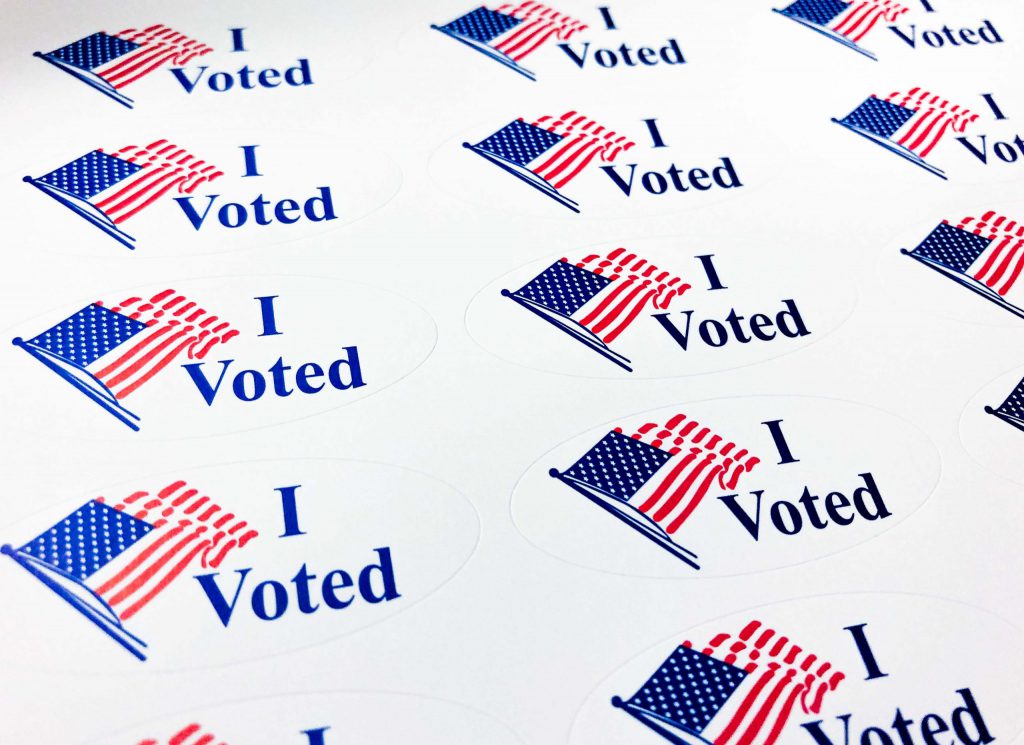When professors encounter situations with students that disrupt the class, there are a few complications they may encounter when trying to assess the situation.
At Utah Tech University, faculty members are encouraged to read and familiarize themselves with university-provided documents that outline how to effectively handle disruptive student behavior.
- Disruptive behavior guidelines
This resource provides faculty with clear directions on how to identify and respond to disruptive behavior in the classroom. - Student conduct code
This policy outlines the standards of behavior expected of all students and the procedures for addressing violations. - Code of student rights and responsibilities
This code defines both the rights of students and the responsibilities they carry as members of the university community. It establishes the university’s authority to maintain discipline and provides guidance to foster an educational environment where students can pursue meaningful academic goals.
“I encourage everyone to be familiar with the policies and guidelines that support a safe, respectful and productive learning environment,” Chris Guymon, interim provost and vice president of academic affairs, said.
When a student misbehaves in class, the professors must deal with it in a way that discourages future negative behavior and protects their well-being and the rest of the class. Usually, this means that the class is given a general warning to inform the conduct is not appropriate for the classroom, which can lead to a private conversation with the student.
The university’s policy is to communicate first, then find and solve any misunderstandings before resorting to asking the student to leave class. Shelley Rawlins, assistant professor of communication, said students are still technically allowed to come again for the next class time.
“[The faculty policy] is just one step of asking the student to leave. We don’t have the authority to do anything further than that,” Rawlins said. “We have to go through the dean of students, so if they don’t respond to our email in time, then that student is well within their right to return to class.”
Professors are also told to make it clear in their syllabuses and verbally what the consequences are if a student disrupts the class in any of the following ways:
- Physical violence, verbal abuse or harassment
- Intoxication or illegal drug use
- Use of profanity
- Failing to respect others when expressing their own viewpoints
- Talking while the instructor or another student is talking
- Constant questions or interruptions that interfere with classroom presentation
The next action that faculty should consider is to explain this case to any in-campus organizations that can help them, like the dean of students or campus police if they feel endangered.
Shariq Sherwani, assistant professor of communication, talked about preventing these situations from happening: “The first thing is to be observant as to what is happening around you. Not necessarily pointing fingers, but coming from a place of humility to learn instead of accusation.”
In the case of a student disrupting the class every week, he said he feels safe with the resources and policies Utah Tech has. He also encourages other people equipped with the proper tools to deal with these scenarios in order to assist teachers.
Guymon said: “Whenever possible, complaints should be resolved informally by the faculty member. If informal resolution is not successful, they may submit an oral or written complaint to the dean of students.”
Although he hasn’t seen many situations that required his assistance in his short time in the position, the assistant vice president and dean of students, Tamron Lee, said he has been able to effectively resolve the ones that have come his way.
The response to each complaint can vary, but it can include an investigation, disciplinary proceedings and follow ups with stakeholders.
“I believe that our current student code of conduct sufficiently addresses sanctions for disruptive behavior and allows for progressively punitive sanctions for repeat violations,” Lee said.
Rawlins said the student policy and faculty policy could be improved by aligning them more, since students understand what rules they should adhere to, while teachers have less comprehensive policies.
The Faculty Senate has had meetings where they discussed this topic. One of the ideas that came up was adding a button on faculty member’s computer screens that they can click on. This would alert campus security and help the teacher deescalate the situation without alerting anyone in the classroom.
Since the primary concern of the teacher is keeping students safe, they are looking for ways to improve safety during their lectures.
“I think teachers should have a say when we are making these changes,” Rawlins said.
Rawlins also said there could be better communication between higher administration and professors. What she recommended was that faculty be more aware that they can contact the mentioned resources in order to deal with these situations, and higher administration should also be ready to attend to these needs as quickly as possible.



